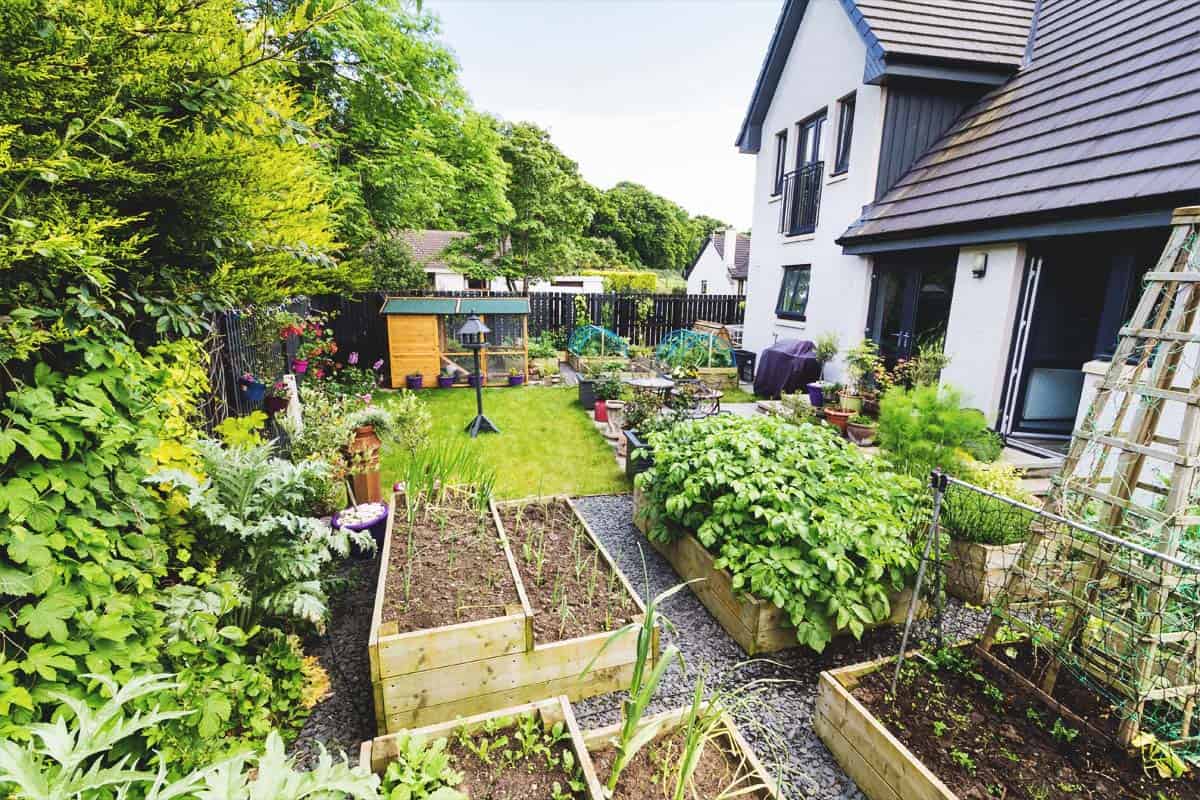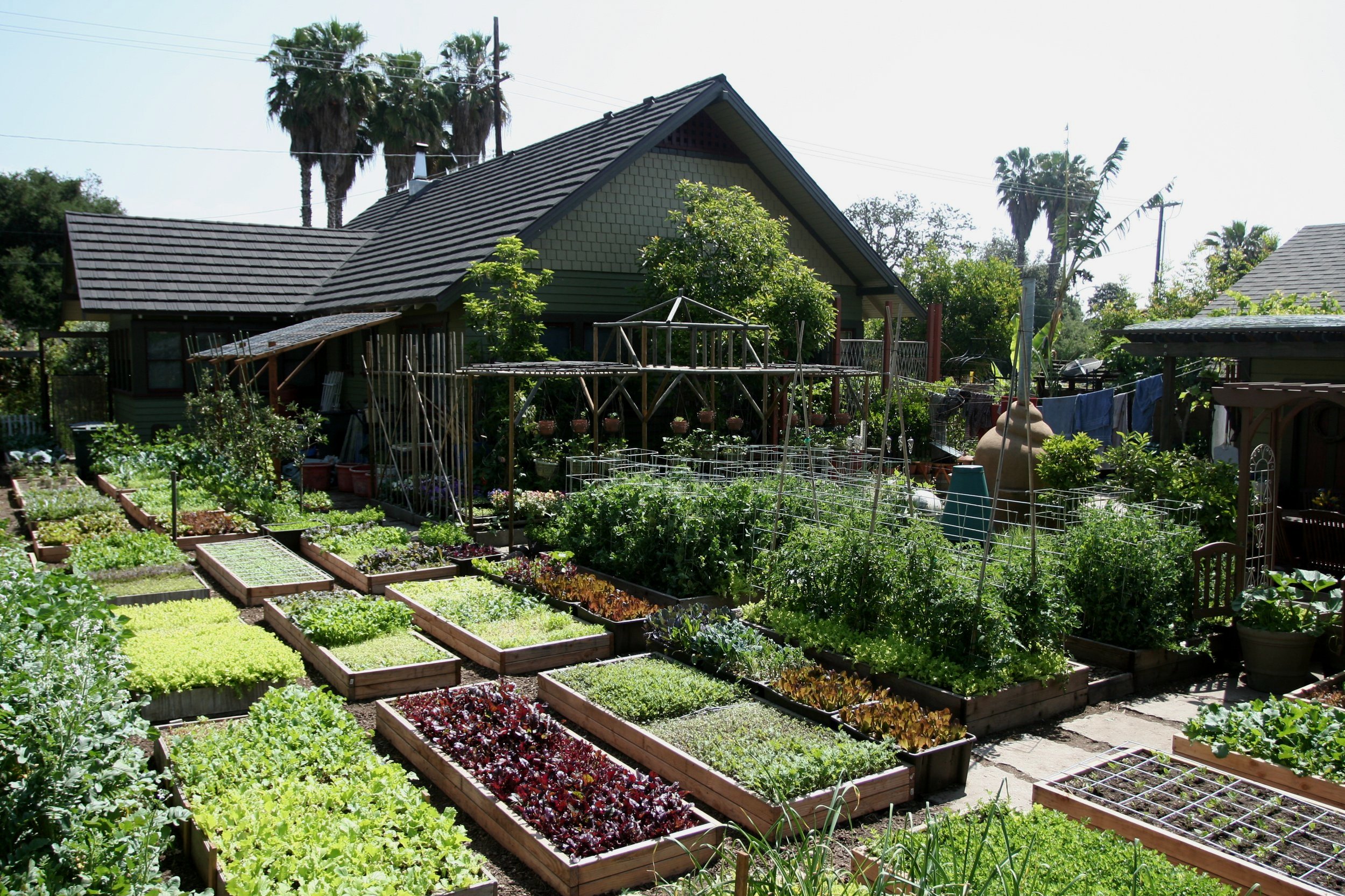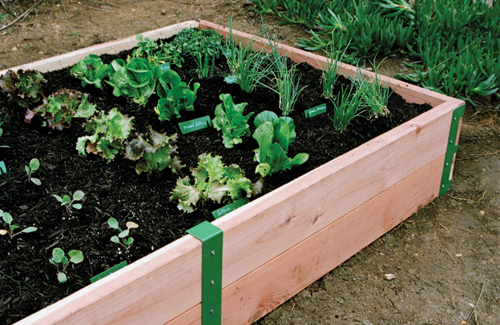Enjoy the Benefits of Homestead Gardening
Enjoy the Benefits of Homestead Gardening
Blog Article
Discover the Secrets to Creating a Beautiful and Efficient Horticulture Space
Producing a effective and gorgeous gardening space is not simply an issue of planting blossoms and veggies; it needs a calculated strategy that encompasses various critical aspects. From selecting the right place based upon sunshine and dirt type to thoughtfully making your format and picking suitable plants, each decision plays a critical duty in the success of your garden. Ongoing maintenance is crucial to sustain its beauty and productivity. As you consider these factors, think about exactly how they intertwine to unlock the full capacity of your horticulture endeavors. What certain strategies can boost your room past the ordinary?
Selecting the Right Area
Choosing the ideal place for your garden is crucial to its success and overall aesthetic allure. The primary step in this procedure includes assessing sunshine direct exposure, as many plants require at the very least 6 hours of straight sunshine daily (Homestead Gardening). A south-facing yard typically gets one of the most light, while shaded locations can hinder development and blooming
In addition, consider soil top quality and drainage. Well-draining dirt is crucial to avoid water logged roots, which can result in plant diseases. Performing a dirt test can provide beneficial information concerning pH degrees and nutrition web content, allowing you to amend the dirt appropriately.
In addition, closeness to water resources is another aspect to evaluate - Homestead Gardening. Having simple access to a tube or watering system can streamline the watering procedure and urge constant plant treatment. Wind defense is likewise essential; placing your garden near structures, such as walls or fencings, can protect it from severe winds that might damage delicate plants
Finally, think about access for upkeep and harvesting. A well-placed garden allows for convenient access, ensuring that you can conveniently tend to your plants without triggering undue stress and anxiety or disturbance. Thoughtful location choice lays the foundation for a thriving garden.
Picking Plants Carefully
When selecting plants for your garden, it's important to take into consideration factors such as environment, dirt conditions, and individual choices to ensure a harmonious and productive room. A thorough understanding of your local climate will lead you in choosing plants that prosper in your particular atmosphere. As an example, selecting drought-resistant ranges is helpful in dry areas, while moisture-loving varieties might be better suited for areas with high rains.
Soil problems are just as crucial; carrying out a soil test can disclose pH degrees and nutrient web content, allowing you to choose plants that will prosper. Indigenous plants are typically a superb option, as they are normally well-adapted to local soil types and require less upkeep.
Reflect on your personal preferences-- selecting plants that resonate with your aesthetic preferences will certainly enhance your pleasure and dedication to preserving your yard. By thoroughly reviewing these aspects, you can produce a diverse and flourishing plant selection that elevates your gardening experience.
Designing Your Garden Layout
With an attentively picked plant choice in hand, the following step is to produce a garden layout that makes the most of both charm and performance. Begin by analyzing the readily available space, thinking about aspects such as sunlight, color, and wind patterns. A tactical layout needs to integrate various zones, consisting of areas for planting, paths, and perhaps seating.
Begin with larger plants or focal points, such as trees or tall perennials, positioned strategically to produce visual rate of interest. Layer smaller sized plants ahead to enhance depth and texture. Think about the development behaviors of your chosen plants; taller varieties must be placed at the back or facility of beds, while much shorter ones can line the sides.
Including paths not just promotes accessibility for maintenance however also invites expedition. Use products that enhance the yard's overall visual, whether rock, gravel, or wood chips.
In addition, think of seasonal changes and just how your design will look throughout the year. Incorporating evergreens along with seasonal blossoms can make sure year-round beauty. Ultimately, a properly designed yard format integrates the all-natural appeal of plants with sensible considerations, resulting in an area that is both inviting and effective.
Enhancing Soil Wellness

To boost soil health, start by performing a dirt examination to analyze pH degrees, nutrient content, and dirt appearance. Include organic issue such as compost, well-rotted manure, or leaf mold and mildew to improve soil structure, water retention, and microbial task.
Mulching is another reliable technique; it not only conserves dampness yet likewise subdues weeds and gradually enriches the dirt as it damages down. Preventing extreme husbandry is crucial, as it can disrupt dirt framework and harm advantageous organisms. Instead, adopt no-till or marginal husbandry methods to maintain soil stability.

Preserving Your Yard Successfully
A well-kept yard gives satisfaction and efficiency, calling for consistent attention to guarantee that plants grow and the landscape remains welcoming. Efficient garden upkeep entails a number of vital techniques that improve the health of your plants and the general visual of your area.
Regular watering is important; however, it is essential to customize your watering timetable based on the certain requirements of your plants and regional climate conditions. Mulching can assist retain dampness, suppress weeds, and manage dirt temperature. Furthermore, prompt weeding stops competition for nutrients and sources, making sure that your plants grow.
Trimming is another necessary task. It motivates healthy development, eliminates dead or unhealthy branches, and forms plants to keep an appealing framework. Additionally, keeping an eye on for diseases and parasites is important; early discovery and treatment can conserve your plants from substantial damage.
Fertilization ought to be performed thoughtfully, making use of organic options whenever possible to promote long-lasting soil health. Seasonal jobs such as growing, dividing perennials, and preparing for winter months will ensure your garden continues to be dynamic year-round. By complying with these practices diligently, you can grow a garden that is both productive click here for more and attractive.
Conclusion
Selecting an appropriate area with adequate sunshine, selecting appropriate plants, developing a cosmetically pleasing design, improving dirt health and wellness, and making certain regular maintenance are crucial parts. By integrating these practices, one can cultivate a thriving yard that not only improves the landscape however also advertises ecological equilibrium and sustainability.
From picking the right location based on sunlight and dirt type to attentively creating your layout and selecting suitable plants, his comment is here each decision plays an essential function in the success of your yard. Well-draining soil is important to prevent waterlogged origins, which can lead to plant illness.When picking plants for your yard, it's necessary to consider variables such as climate, soil problems, and personal preferences to make certain a efficient and harmonious area. Ultimately, a properly designed garden layout balances the natural appeal of plants with functional factors to consider, resulting in an area that is both welcoming and efficient.

Report this page